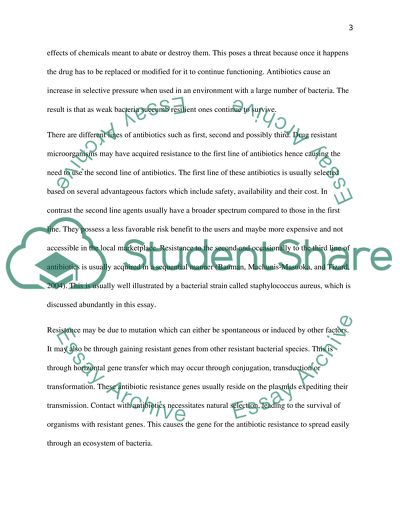Cite this document
(“The Molecular Mechanism That Make Staphylococcus Aureus Resistant To Essay”, n.d.)
Retrieved from https://studentshare.org/biology/1402855-what-are-the-molecular-mechanisms-that-make
Retrieved from https://studentshare.org/biology/1402855-what-are-the-molecular-mechanisms-that-make
(The Molecular Mechanism That Make Staphylococcus Aureus Resistant To Essay)
https://studentshare.org/biology/1402855-what-are-the-molecular-mechanisms-that-make.
https://studentshare.org/biology/1402855-what-are-the-molecular-mechanisms-that-make.
“The Molecular Mechanism That Make Staphylococcus Aureus Resistant To Essay”, n.d. https://studentshare.org/biology/1402855-what-are-the-molecular-mechanisms-that-make.


